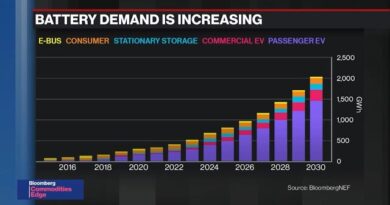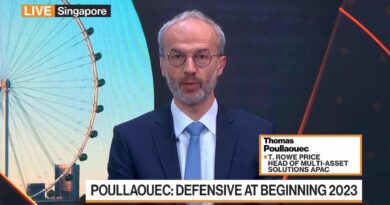Stocks edge higher as S&P 500 bids to close above 5,000
The Wall Street Journal reports OpenAI CEO Sam Altman is hot on the fundraising trail, courting governments in the Middle East, among others, for a venture focused on making the chips needed to fulfill his vision of the AI revolution.
And to call this vision “capital intensive” is an undersell.
The Journal reports Altman sees the project needing to raise up to $7 trillion.
Data from S&P Global Market Intelligence and Pitchbook (via The Financial Times) suggest that at the end of last year there was a bit less than $3 trillion in “dry powder” — or money committed, but not yet deployed — available across the entire universe of private equity and venture capital funds.
Of course, Altman’s discussion with oil-rich governments looking for new ways to invest these winnings shows a clear awareness that these lofty ambitions will require an entrepreneur to think bigger than two now-entrenched sources of institutional capital looking for uncorrelated returns under the ever-broadening umbrella of alternative assets.
And this dry powder napkin math — about $2.6 trillion sits in PE, closer to $300 billion in VC — also leaves out the rise of private credit, balance sheet funded investments some firms could explore, and all kinds of other arrangements global power brokers can use to get money where needed. Tax efficiently, of course.
But about a year and half into the AI boom that has captivated investors and the corporate world, the discussion from the industry’s leaders about what will be required for this technology to meet its full potential is rising in grandiosity commensurately with the market value of our first round winners like Nvidia (NVDA), Microsoft (MSFT), AMD (AMD), and others.
Good old fashioned stock market investors might take comfort in Josh Schafer’s reporting that heavy concentration in a few names doesn’t spell doom for the market overall. After all, there are hundreds — 493 to be precise — of other companies and industries that can pick up the slack from these leaders as the economic cycle makes it rounds.
Outside the relatively staid world of megacap stocks, however, the ambitions being tied to the rise of AI view the upper bound of potential as, well, artificial.



